Mastering the Art of Drilling through Aluminum: Tips and Techniques

Drilling through aluminum can be a challenging task. The soft and lightweight nature of the metal requires a different approach compared to drilling through harder materials like steel or concrete. However, with the right tips and techniques, you can successfully drill through aluminum with ease.
One of the most important tips is to use the correct drill bit for the job. High-speed steel (HSS) or cobalt bits are ideal for drilling through aluminum. These bits are designed to dissipate heat efficiently and cut through the metal without causing excessive wear. It is also recommended to use a drill press rather than a handheld electric drill, as it provides better control and stability.
Another crucial technique is to start with a pilot hole. This small hole helps to guide the drill bit and prevents it from slipping off the surface of the aluminum. Using a center punch or awl to create a small indentation before drilling will further improve accuracy and reduce the chances of the bit wandering.
When drilling through aluminum, it is important to maintain a steady pace and avoid applying excessive pressure. Aluminum is prone to melting and clogging the flutes of the drill bit if too much heat is generated. Applying a lubricant such as cutting oil or silicone spray can help keep the temperature down and prolong the life of the drill bit.
In conclusion, mastering the art of drilling through aluminum requires the right tools, techniques, and a cautious approach. By using the correct drill bit, starting with a pilot hole, and maintaining a steady pace, you can achieve clean and precise holes in this soft and lightweight metal.
Choosing the Right Drill Bits for Aluminum
Drilling through aluminum requires the use of specialized drill bits that are specifically designed to handle this type of material. Choosing the right drill bits for aluminum is essential to achieve accurate and clean holes. Here are some factors to consider when selecting drill bits for aluminum:
- Type of Drill Bit: When drilling through aluminum, it is recommended to use high-speed steel (HSS) or cobalt drill bits. These types of bits are known for their ability to withstand the high temperatures generated during drilling and provide better cutting performance.
- Point Angle: The point angle of the drill bit plays a crucial role in drilling aluminum. A 118-degree point angle is commonly used for drilling aluminum, as it helps to reduce the risk of the drill bit “walking” or slipping when starting the hole. Some drill bits may also feature a split point design, which further enhances the accuracy and control.
- Coating: Coated drill bits, such as those with titanium nitride (TiN) or black oxide coatings, offer increased durability and extended tool life. These coatings also help to reduce friction and heat buildup during drilling, resulting in smoother and cleaner holes.
- Diameter: The diameter of the drill bit should match the size of the hole you want to create. It is important to select the right size to ensure precise and accurate drilling. For larger holes, consider using step drill bits or hole saws.
- Speed and Feed Rates: When drilling aluminum, optimal speed and feed rates are vital to prevent overheating and extend tool life. Follow the manufacturer’s recommendations for the specific drill bit being used to determine the appropriate speed and feed rates.
By taking these factors into consideration, you can choose the right drill bits for aluminum that will provide efficient and precise drilling results. Remember to wear appropriate safety gear, such as goggles and gloves, when working with power tools.
Preparing the Aluminum Surface for Drilling
Before you start drilling through aluminum, it is important to properly prepare the surface. Preparing the aluminum surface will help ensure a clean and accurate drilling process, while also preventing any damage to the material.
Clean the Surface
The first step in preparing the aluminum surface is to clean it thoroughly. Use a suitable cleaner or solvent to remove any dirt, grease, or other contaminants from the surface. This will help improve the adhesion of any drilling lubricant or cutting fluid and prevent any unwanted reactions between the drilling tool and the contaminants.
Mark the Drilling Points
After cleaning the surface, mark the drilling points using a permanent marker or a center punch. This will help guide the drill bit and ensure accurate drilling. Make sure to measure and mark the points carefully, taking into account any desired hole spacing or drilling pattern.
Use a Center Punch
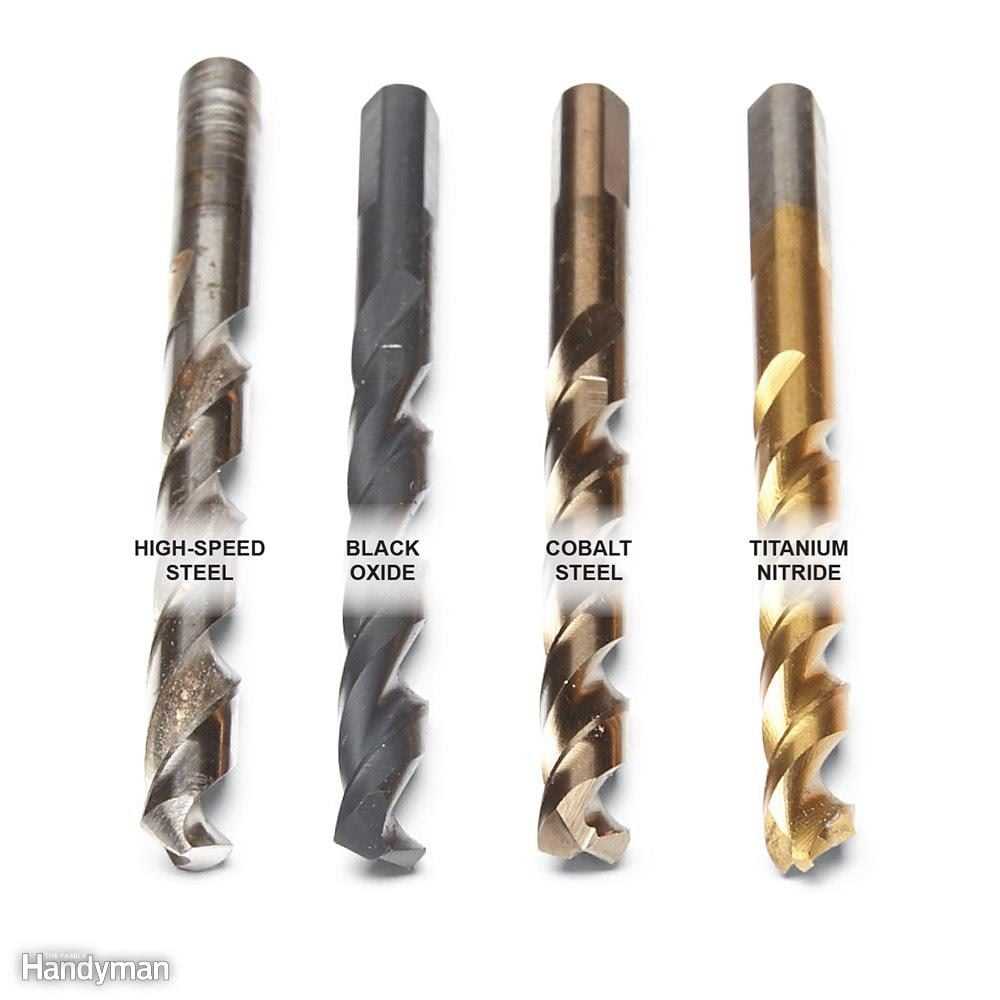
For more precise drilling, use a center punch to create an indentation at each marked drilling point. The center punch creates a small dimple that helps prevent the drill bit from wandering off the intended drilling point. This is especially important when drilling through thin aluminum sheets or delicate surfaces.
Secure the Aluminum
Before drilling, make sure to securely clamp or secure the aluminum piece in place. This will prevent any movement or vibration during the drilling process, ensuring precise and accurate holes. Use clamps, vices, or other appropriate tools to hold the aluminum securely.
Apply Lubrication or Cutting Fluid
Applying a suitable lubrication or cutting fluid before drilling through aluminum can help reduce friction and heat buildup. This helps prolong the life of the drill bit and improves drilling performance. Apply the lubricant or cutting fluid according to the manufacturer’s instructions, making sure to cover the entire drilling area.
Applying the Right Pressure and Speed
When drilling through aluminum, it is important to apply the right pressure and speed to ensure clean and efficient drilling. Here are some tips and techniques to help you achieve optimal results:
1. Start with a Pilot Hole
Before drilling a larger hole, it is recommended to start with a smaller pilot hole. This will guide the larger drill bit and help prevent wandering or slipping. Use a drill bit that is one or two sizes smaller than the desired hole size.
2. Use the Right Speed
When drilling through aluminum, it is best to use a slow speed setting on your drill. A higher speed can cause the drill bit to excessively heat up, which can lead to wearing down or dulling of the drill bit. Set your drill to a speed that allows you to maintain control and precision.
3. Apply Consistent Pressure
Applying consistent pressure is crucial for drilling through aluminum. Too much pressure can cause the drill bit to bind or break, while too little pressure can cause the drill bit to slip or create a ragged hole. Apply steady and even pressure throughout the drilling process.
4. Use Lubrication
Using a lubricant or cutting fluid can help reduce friction and heat buildup during drilling. Apply the lubricant directly to the drill bit and the surface of the aluminum. This will help prolong the life of your drill bit and ensure smoother drilling.
5. Clear Chips Regularly
Aluminum can produce a lot of chips during drilling, which can clog the flutes of the drill bit and affect its performance. Regularly clear the chips by lifting the drill bit out of the hole and blowing away the chips. This will help maintain optimal cutting performance.
6. Monitor the Drill Bit Temperature
Keep an eye on the temperature of your drill bit while drilling through aluminum. If you notice excessive heat, stop drilling and allow the drill bit to cool down. This will help prevent damage to the drill bit and ensure a longer lifespan.
7. Use Clamps or Secure the Aluminum
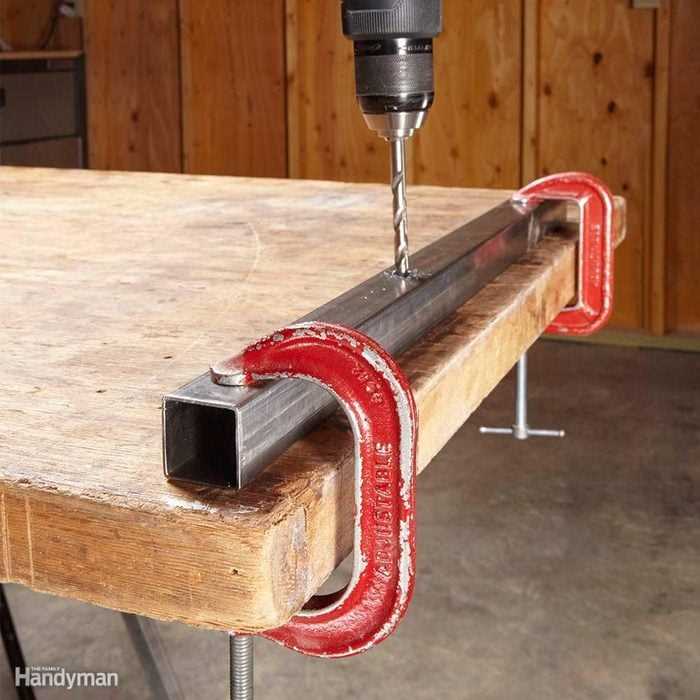
When drilling through aluminum, it is important to secure the material to prevent it from moving or vibrating. This can be done by using clamps or holding the material firmly in place. This will ensure more accurate and precise drilling.
By applying the right pressure and speed, you can master the art of drilling through aluminum with ease. Remember to start with a pilot hole, use the right speed, apply consistent pressure, use lubrication, clear chips regularly, monitor the drill bit temperature, and secure the aluminum for optimal drilling results.
Using Lubrication for Better Results
When drilling through aluminum, using a lubricant can greatly improve your results. Lubrication helps to reduce friction and heat, which can both negatively impact the drilling process.
There are several options for lubricants that can be used when drilling aluminum. One common choice is a cutting oil, which is specifically designed to reduce friction and cool the drill bit. Cutting oils are typically applied directly to the drill bit and workpiece before drilling.
Another option is a lubricating spray, which can be sprayed onto the drill bit and workpiece during the drilling process. Lubricating sprays often contain additives that provide additional cooling and lubrication.
It’s important to choose a lubricant that is compatible with aluminum. Some lubricants may react with the metal and cause damage or discoloration. It’s always a good idea to test a small area before applying the lubricant to the entire workpiece.
Benefits of Using Lubrication
Using lubrication when drilling aluminum offers several benefits:
- Reduced friction: Lubrication helps to reduce friction between the drill bit and the workpiece. This allows the drill bit to move more smoothly through the aluminum, resulting in a cleaner and more precise hole.
- Increased tool life: Friction and heat can cause drill bits to wear out quickly. By reducing friction and heat through the use of lubrication, you can prolong the life of your drill bits.
- Better chip evacuation: Lubrication can help to remove chips or metal shavings from the drilling area. This allows for better visibility and helps prevent the chips from clogging the drill bit or causing damage.
- Improved hole quality: With reduced friction and better chip evacuation, lubrication can result in cleaner, more precise holes in aluminum.
Tips for Using Lubrication
Here are some tips to keep in mind when using lubrication for drilling aluminum:
- Apply the lubricant before and during drilling: To ensure proper lubrication, it’s important to apply the lubricant before starting the drilling process and continue to apply it periodically during drilling.
- Use the right amount of lubricant: Applying too much lubricant can cause it to drip or pool, which can interfere with the drilling process. On the other hand, using too little lubricant may not provide sufficient lubrication. It’s important to find the right balance.
- Keep the work area clean: Excess lubricant and chips can accumulate during the drilling process. It’s important to clean the work area regularly to maintain visibility and prevent interference with the drilling process.
- Dispose of lubricants properly: Some lubricants may contain hazardous materials. It’s important to dispose of them properly according to local regulations. Check with your local waste management facility for guidance on how to dispose of lubricants safely.
By using lubrication when drilling aluminum, you can improve your drilling results and extend the life of your drill bits. Remember to choose a compatible lubricant and follow proper application and disposal procedures for optimal results.
Dealing with Chip Removal
When drilling through aluminum, one of the challenges that you may face is the removal of chips. Proper chip removal is important to ensure that the drilling process is smooth and efficient. Here are some tips and techniques for dealing with chip removal when drilling through aluminum:
Use the right cutting tool
Using the right cutting tool is crucial for effective chip removal. For drilling through aluminum, it is recommended to use high-speed steel (HSS) or carbide drill bits. These types of drill bits are specifically designed for cutting through metals and have sharp cutting edges that can effectively remove chips.
Use peck drilling technique
Peck drilling involves drilling the hole in a series of short plunges, rather than in one continuous motion. This technique is particularly useful for drilling through aluminum, as it helps in breaking the chips into smaller pieces, making it easier to remove them. By peck drilling, you can also prevent chip clogging and ensure smoother chip removal.
Apply cutting fluid or lubricant
Applying cutting fluid or lubricant can help in improving chip removal when drilling through aluminum. The cutting fluid helps in reducing friction and heat generation during the drilling process, which in turn helps in preventing chip welding and chip buildup. Additionally, the cutting fluid also acts as a lubricant, making it easier to remove the chips from the hole.
Use proper chip evacuation techniques
Proper chip evacuation techniques are important to ensure efficient chip removal. One common technique is to use a chip brush or compressed air to remove the chips from the hole. You can also periodically retract the drill bit to remove and clear the chips. Additionally, using a chip collector or vacuum system can help in collecting and removing the chips as you drill.
Ensure proper drilling speed and feed rate
The drilling speed and feed rate play a crucial role in chip removal. Using high speed and low feed rate can lead to excessive chip buildup, while low speed and high feed rate can cause chip clogging. It is important to find the right balance and adjust the drilling parameters to ensure proper chip removal. Experimenting with different drilling speeds and feed rates can help in finding the optimal settings for chip removal when drilling through aluminum.
Clean the drill bit regularly
Regularly cleaning the drill bit is important to maintain its cutting efficiency and ensure proper chip removal. As the drill bit cuts through the aluminum, chips can accumulate on the cutting edges, reducing their effectiveness. Make sure to periodically clean the drill bit with a chip brush or compressed air to remove any chips or debris that may affect the drilling process.
By following these tips and techniques, you can effectively deal with chip removal when drilling through aluminum, ensuring a smooth and efficient drilling process.
Overcoming Common Challenges
1. Drill Bit Breakage
One common challenge when drilling through aluminum is drill bit breakage. Aluminum is a soft metal that can cause the drill bit to heat up quickly and become dull. To overcome this challenge, consider using high-speed steel (HSS) drill bits that are specifically designed for drilling through soft metals. These drill bits have a higher heat resistance and are less likely to break.
Additionally, it is important to use the correct drilling speed and pressure. Too much speed or pressure can cause the drill bit to break. Start drilling at a low speed, gradually increasing it as you go. Apply a moderate amount of pressure to avoid damaging the drill bit.
2. Chip Clogging
Another challenge when drilling through aluminum is chip clogging. Aluminum chips can quickly accumulate in the drill hole, leading to inefficient drilling and possibly even causing the drill bit to get stuck. To overcome this challenge, use a lubricant or cutting fluid to help flush out the chips and keep the drill bit cool. Apply the lubricant or cutting fluid periodically during the drilling process.
Additionally, using a drill bit with a wider fluting or helix angle can help improve chip evacuation. The wider fluting allows the chips to escape more easily, reducing the risk of clogging.
3. Burrs and Rough Edges
When drilling through aluminum, it is common to encounter burrs and rough edges around the drilled hole. These can be unsightly and may need to be removed for a clean finish. To overcome this challenge, consider using a deburring tool or a countersink bit. These tools can be used to remove the burrs and smooth out the edges of the drilled hole.
4. Drill Slippage
Drill slippage can occur when drilling through aluminum, especially if the material is not properly secured. To overcome this challenge, ensure that the aluminum piece is securely clamped or held in place before drilling. This will prevent the material from moving or sliding, reducing the risk of drill slippage. Additionally, marking the drilling location with a center punch can provide a guide for the drill bit, reducing the chances of slippage.
5. Material Distortion
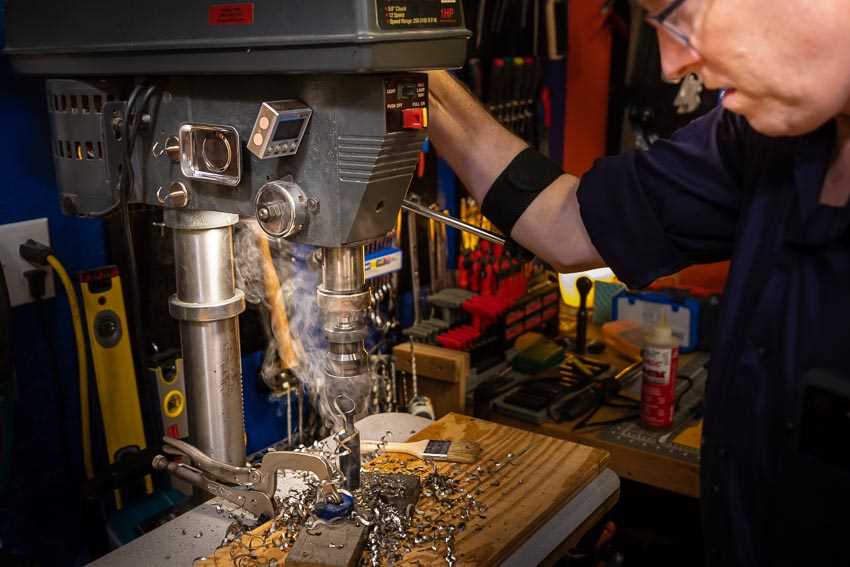
Aluminum is a relatively soft metal that can easily deform or distort when drilling. This can be a challenge when precise drilling is required. To overcome this challenge, it is important to use the correct drilling techniques. Start with a small pilot hole before gradually increasing the size of the drill bit. This will minimize the risk of material distortion and allow for more precise drilling.
Additionally, using a backing material such as a scrap piece of wood or plastic can help prevent material distortion. Place the backing material behind the aluminum piece to provide support and reduce the chances of distortion.
Safety Tips for Drilling Aluminum
1. Wear Protective Gear
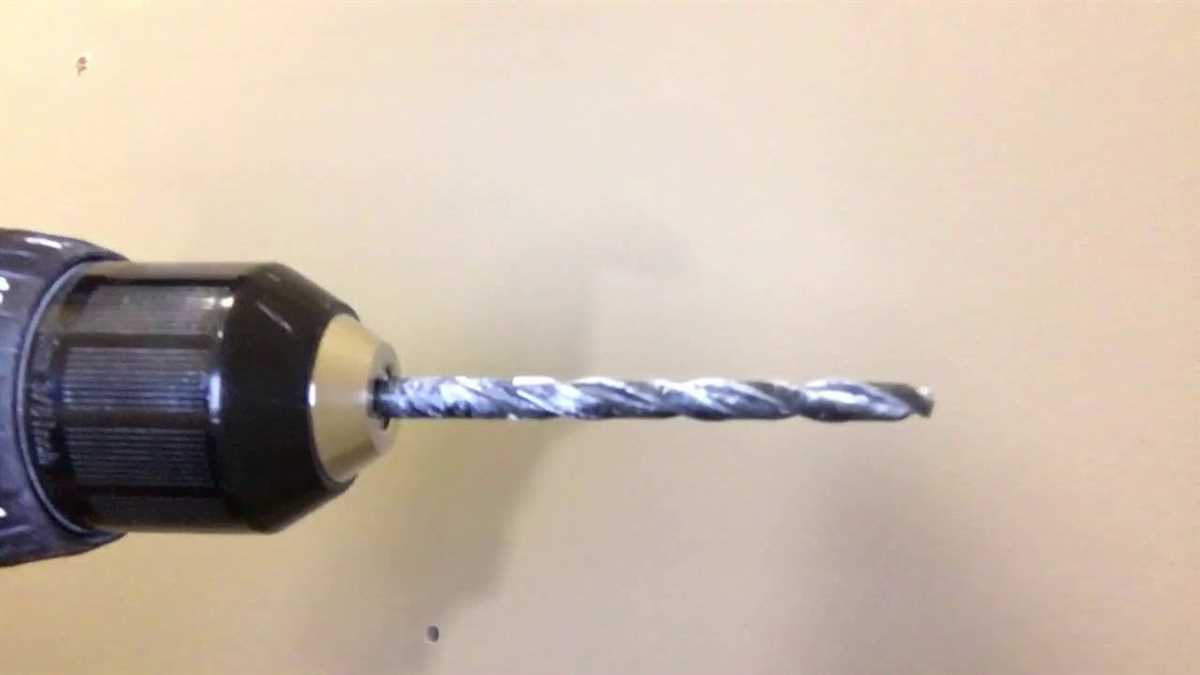
Before you begin drilling, make sure to wear the appropriate protective gear to ensure your safety. This includes safety goggles to protect your eyes from metal shavings, a dust mask to prevent inhaling any dust or particles, and gloves to protect your hands.
2. Choose the Right Drill Bit
When drilling aluminum, it’s important to use the correct type of drill bit. High-speed steel (HSS) or cobalt drill bits are recommended for aluminum as they are able to withstand the high heat generated during the drilling process. Avoid using dull or worn-out drill bits as they can cause the aluminum to heat up excessively and lead to issues such as melting or warping.
3. Use Lubrication
Applying a lubricant to the drill bit and the surface of the aluminum can help reduce friction and heat during drilling. You can use a cutting oil or a specialized aluminum lubricant to ensure smooth drilling and prolong the life of your drill bit.
4. Secure the Aluminum
It’s important to secure the aluminum piece firmly before drilling to prevent any movement or slipping. You can use clamps or a vice to hold the aluminum securely in place. This will not only make the drilling process easier but also ensure your safety by reducing the risk of accidents.
5. Start with a Pilot Hole
When drilling aluminum, it’s recommended to start with a small pilot hole before using a larger drill bit. This will help guide the larger bit and reduce the chance of the drill bit wandering off course. Additionally, starting with a pilot hole can prevent the aluminum from cracking or chipping.
6. Control the Speed and Pressure
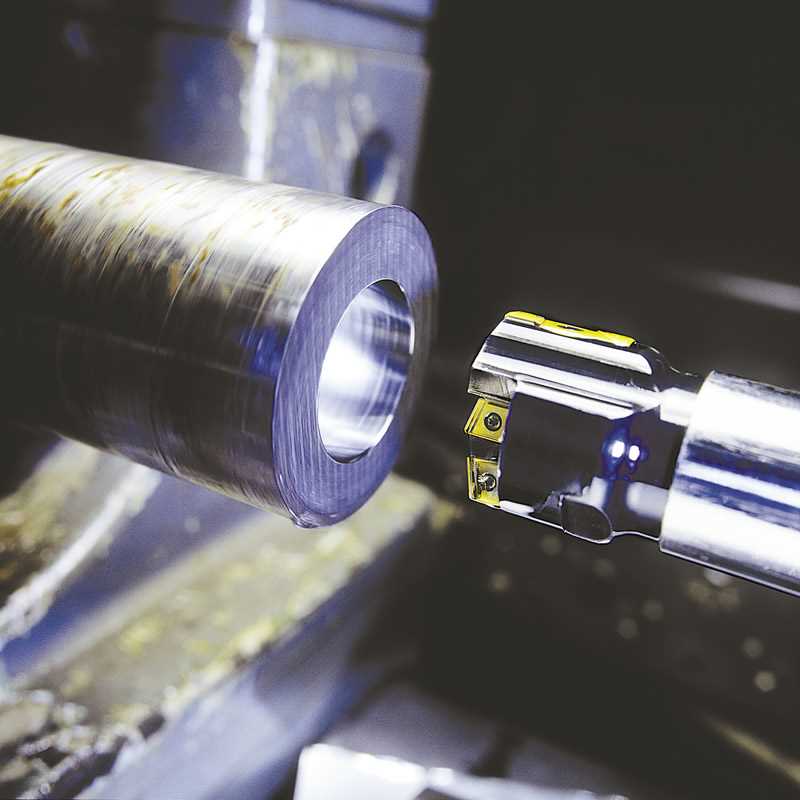
Aluminum has a lower melting point compared to other metals, so it’s important to control the speed and pressure while drilling. Use a moderate speed setting on your drill and apply steady but moderate pressure. Avoid high-speed drilling as it can generate excessive heat and potentially damage the aluminum.
7. Clear Away Chips and Dust
As you drill through aluminum, it’s important to periodically clear away chips and dust that may accumulate around the drill bit. This will prevent the drill bit from getting clogged and ensure smooth and efficient drilling. Use a brush or compressed air to remove any debris from the drilling area.
8. Work in a Well-Ventilated Area
Aluminum drilling can produce dust and fumes, so it’s important to work in a well-ventilated area to prevent inhaling any harmful particles or gases. If possible, use a fan or open windows to improve air circulation.
9. Take Breaks
Drilling aluminum can be a tedious process, so remember to take breaks to give yourself and the drill bit a chance to cool down. This will help prevent overheating and ensure better drilling results.
10. Regularly Inspect and Maintain Your Drill Bit
Regularly inspect your drill bit for any signs of wear or damage. Replace dull or damaged bits to ensure optimal performance and safety. Additionally, clean and lubricate your drill bit after each use to prolong its lifespan and maintain its effectiveness.
By following these safety tips, you can ensure a safe and successful drilling experience when working with aluminum.
FAQ:
What are some tips for drilling through aluminum?
Some tips for drilling through aluminum include using high-quality drill bits specifically designed for metal, using cutting fluid to reduce heat and extend tool life, using a slow drilling speed to avoid excessive heat buildup, and applying steady and consistent pressure while drilling.
Why is it important to use high-quality drill bits for drilling through aluminum?
Using high-quality drill bits is important when drilling through aluminum because they are specifically designed for metal and can provide better performance and longevity. Low-quality drill bits may wear out quickly, break easily, or produce poor-quality holes.
What is the purpose of using cutting fluid when drilling through aluminum?
Using cutting fluid when drilling through aluminum helps to reduce heat and friction, which can extend the tool life and improve the drilling process. It also helps to flush out chips and debris from the drilled hole.
Why is it recommended to use a slow drilling speed when drilling through aluminum?
A slow drilling speed is recommended when drilling through aluminum to avoid excessive heat buildup. Aluminum heats up quickly, and a high drilling speed can cause the metal to melt or warp, resulting in poor-quality holes.
What can happen if excessive heat builds up during drilling through aluminum?
If excessive heat builds up during drilling through aluminum, the metal can melt or warp. This can result in poor-quality holes, damage to the drill bit, and potential damage to the workpiece.
How can steady and consistent pressure be applied while drilling through aluminum?
To apply steady and consistent pressure while drilling through aluminum, it is important to maintain a firm grip on the drill and exert a consistent downward force. It is also helpful to use a drill with a variable speed control and start drilling at a slow speed before gradually increasing it.
Are there any other techniques that can be used to improve the drilling process through aluminum?
Yes, there are other techniques that can be used to improve the drilling process through aluminum. These include using a center punch to create a starting point for the drill bit, using a pilot hole to guide the drill bit, and using a step drill bit for drilling larger holes.
Video:











